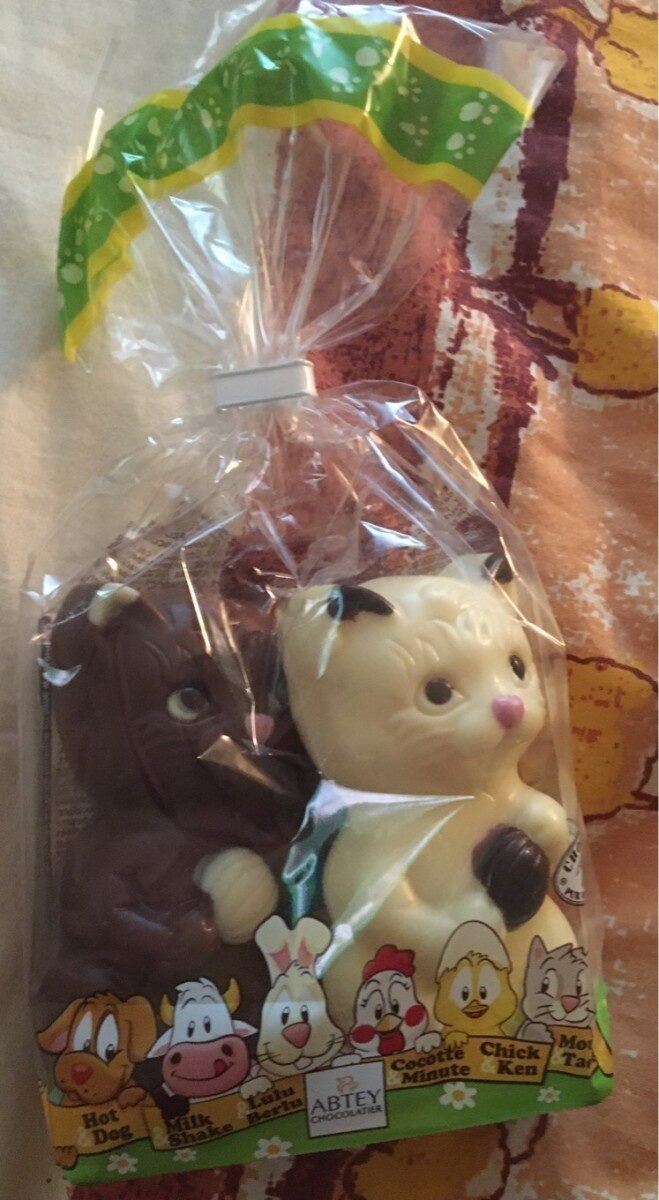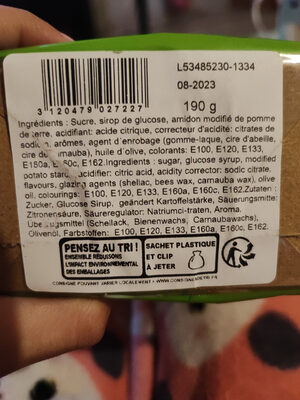Chocolats Lait Et Blanc Decorés - Abtey Chocolatier - 190
This product page is not complete. You can help to complete it by editing it and adding more data from the photos we have, or by taking more photos using the app for Android or iPhone/iPad. Thank you!
×
Barcode: 3120479027227 (EAN / EAN-13)
Quantity: 190
Packaging: Plastic, fr:Sachet en plastique
Brands: Abtey Chocolatier
Labels, certifications, awards: fr:Chocolat
Origin of ingredients: France
Manufacturing or processing places: France
Countries where sold: France
Matching with your preferences
Report a problem
Data sources
Product added on by kiliweb
Last edit of product page on by roboto-app.
Product page also edited by m1nsoo, openfoodfacts-contributors, teolemon, yuka.ZEw0WURiWWVpOGhXa3RzZit4VDg4SWtvbDRlVEFFNmxOY0VkSVE9PQ.
If the data is incomplete or incorrect, you can complete or correct it by editing this page.










